Amazon Echo Dot (3rd Gen) vs Amazon Echo Dot (2nd Gen)
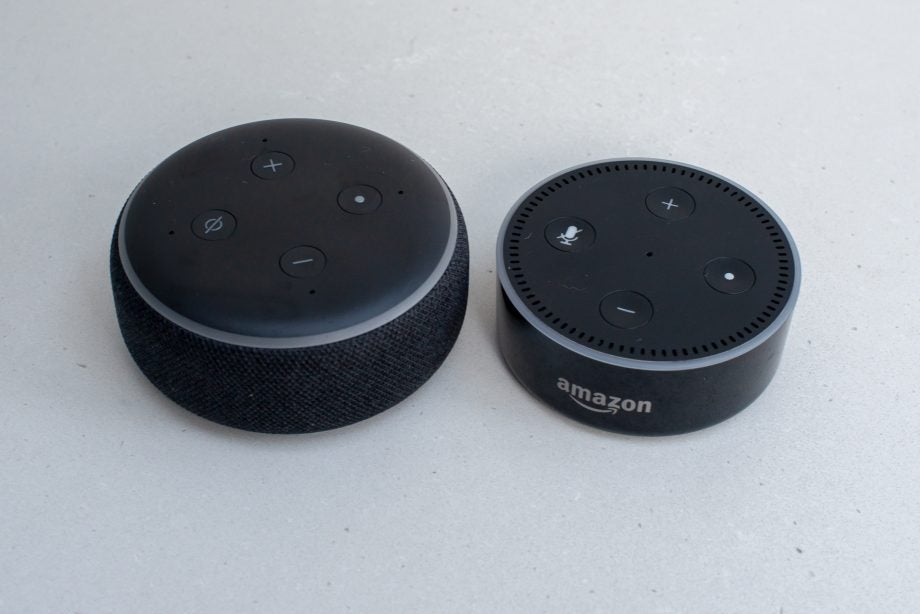
The Amazon Echo Dot was a neat idea when it a launched: a comparatively cheap smart speaker that you can use throughout your home for smart home control and personal assistant questions. With the latest version launching, we’re looking at the Amazon Echo Dot (3rd Gen) vs Amazon Echo Dot (2nd Gen) to help you choose the right smart speaker for you.
Amazon Echo Dot (3rd Gen) vs Amazon Echo Dot (2nd Gen) – Design and build quality
There’s a clear winner here: the Amazon Echo Dot (3rd Gen). With its material-covered body and curved top, the newer Echo Dot feels as though it has been designed properly.
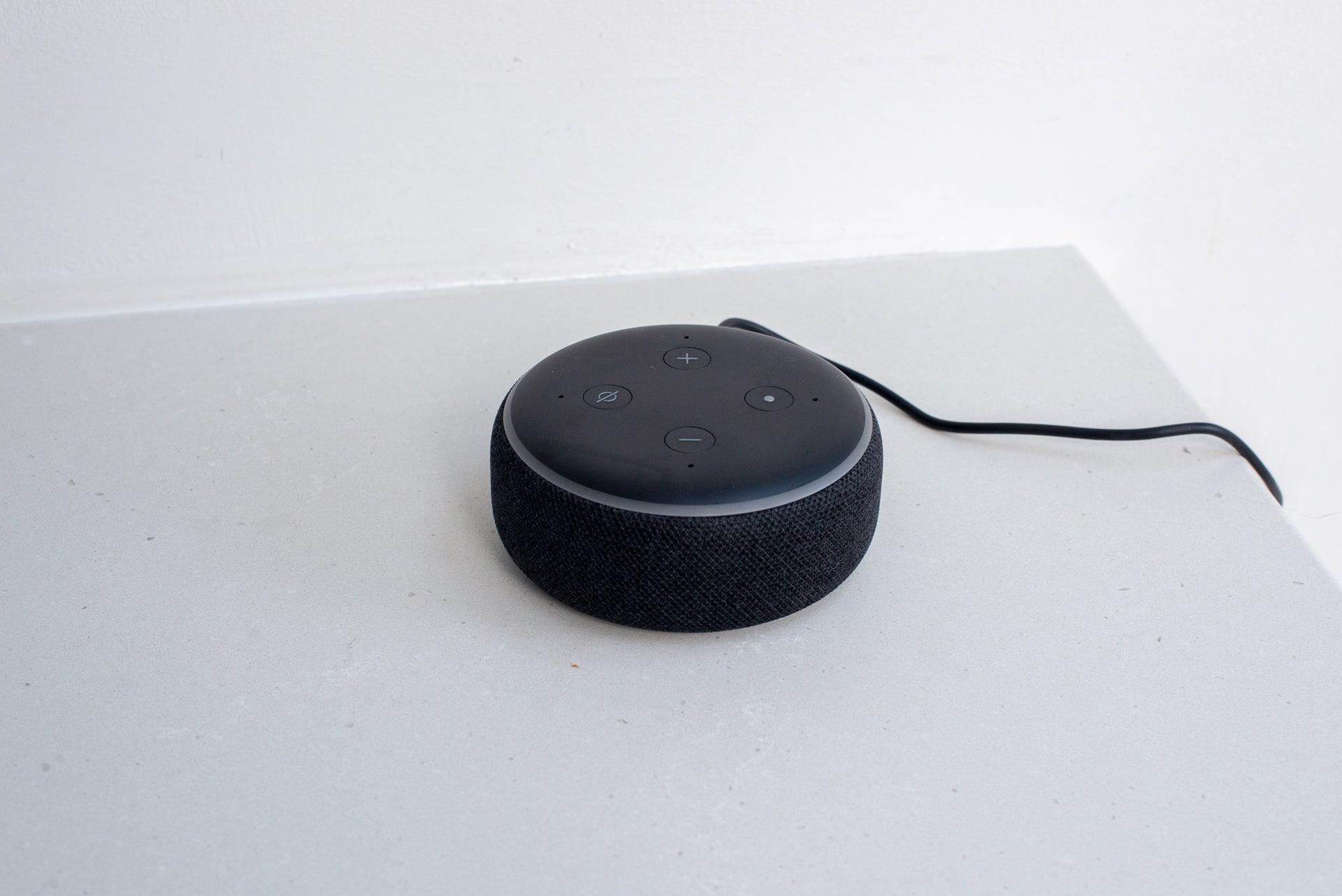
The older Dot felt more like it was put together out of necessity, with a cheap-looking plastic case embossed with the Amazon logo on the front.
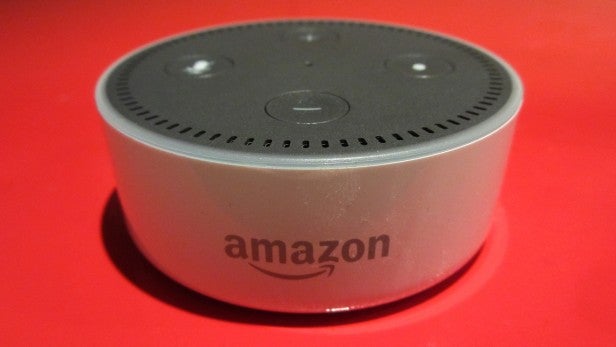
Given that the older Echo Dot (2nd Gen) could be hidden out of the way and was very small, the cheaper design isn’t always an issue. However, if you want to keep your home looking stylish, the Amazon Echo Dot (3rd Gen) is the product for you.
Aside from the look, there are a few differences. The 2nd Gen Dot is powered by USB; the new model by a power adaptor. For the older product it meant that you could power it directly from a USB port on a TV or set-top box; for the new Dot, you’ll need a wall plug.
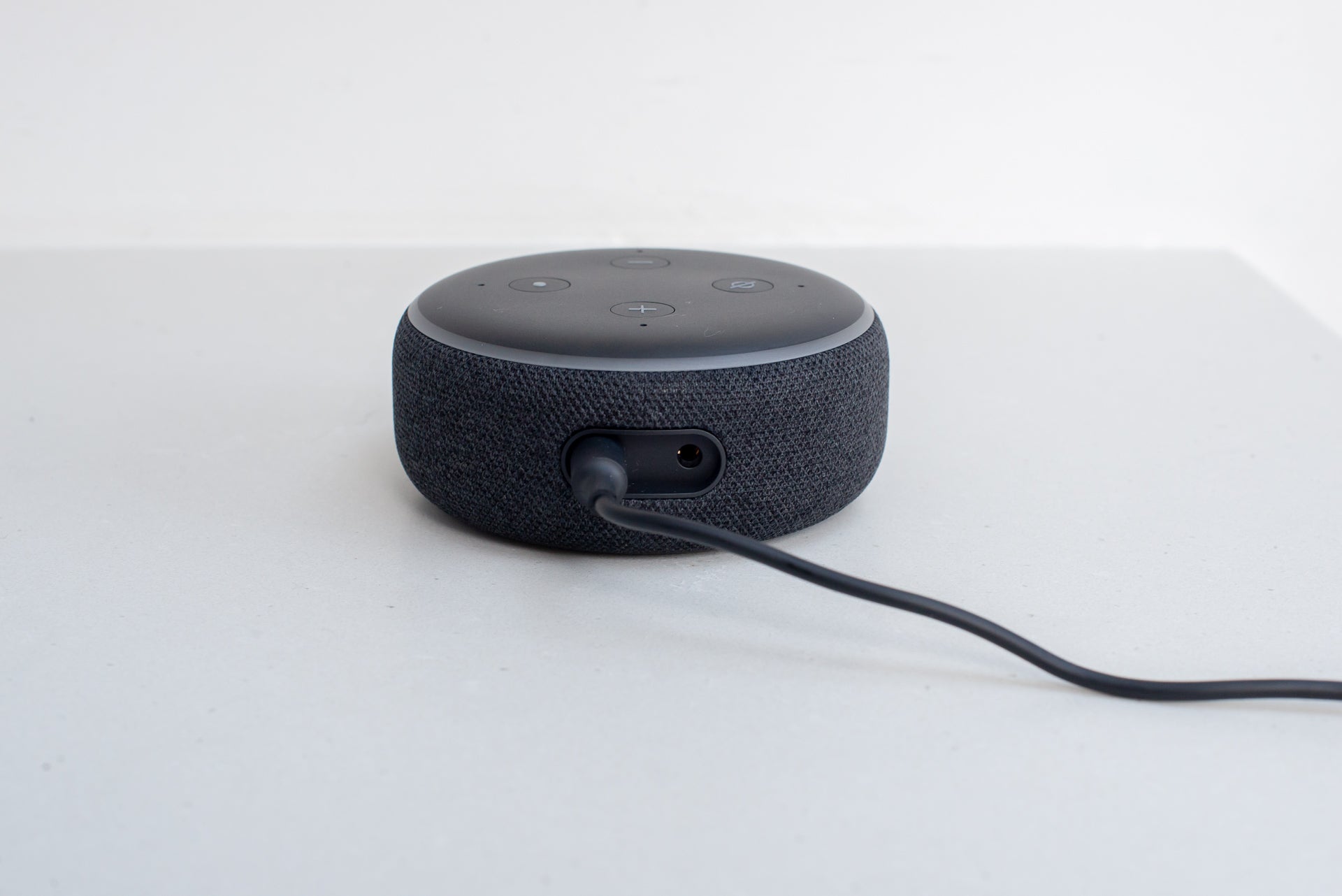
Both have the 3.5mm audio output for hooking up an external stereo, and both can connect to external speakers via Bluetooth.
The new Echo Dot is larger (43 x 99 x 99 mm) than the old one (32 x 84 x 84 mm), mostly because of the improved audio. However, it’s not as if either product is particularly big, and they’re both easy to tuck out of the way.
Amazon Echo Dot (3rd Gen) vs Amazon Echo Dot (2nd Gen) – Features
As both products are powered by the cloud-based Alexa, it means that both have the same range of features. Ask Alexa the same question on either device and you’ll get the same level of control. That’s good news for owners of the older product as you’re not missing out on core features. Find out more in my Amazon Alexa Guide.
Related: How to create Amazon Alexa routines
There are some minor differences. The main ones are that the Echo Dot (3rd Gen) can be used with the new Amazon Echo Sub for extra bass, and you can use two Dots together to create a stereo pair. The older Echo Dot (2nd Gen) isn’t compatible with either.
Related: How to create an Amazon Echo stereo pair
It’s unlikely that you’d want to use either product in a stereo pair or with a subwoofer, so the real benefit of the Echo Dot has always been as a smart speaker that you can place around your home for control and personal assistant duties. Both do the same job, but the 3rd Gen Dot looks better and, as we’re about to find out, sounds better, too.
The older Dot has seven far-field microphones for picking up your voice commands; the new model has just four. In our tests, there’s very little difference between the two for picking up sounds, though.
Amazon Echo Dot (3rd Gen) vs Amazon Echo Dot (2nd Gen) – Sound quality
Thanks to the redesigned internals, the 3rd Gen Dot is far more powerful than the old one. With its improved audio, voice responses are louder and clearer. There’s even a touch of bass to the audio, too. Audio is so good for the price that you could even listen to the radio or the occasional bit of music on the new Dot without regretting it.
With the 2nd Gen Dot, sound quality was tinny and basic. You could make out voice responses, but you have to listen more carefully as its speaker is neither as loud nor as clear. Forget music or radio on the older product, as this Dot isn’t cut out for it.
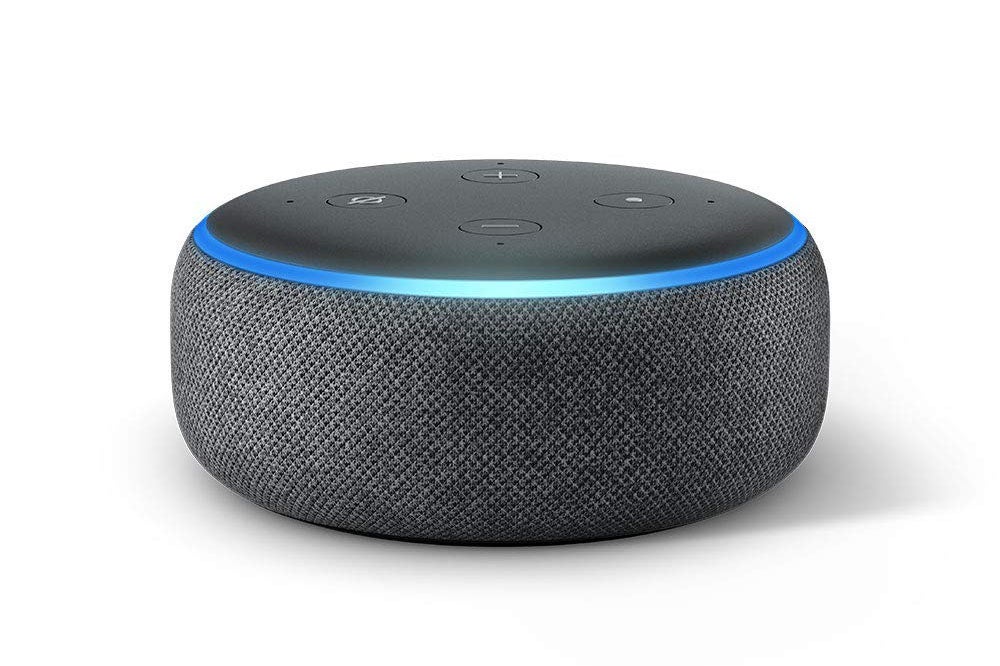
Whether it’s for voice control or music and radio, the new Dot is a far more accomplished product than the old one. The 2nd Gen Dot is still good enough for home control and personal assistant duties, but you’ll have to listen a little more clearly for any answers. The new product can also be used to create a stereo pair, where you use two smart speakers, one each for the left and right channel (see, how to create an Amazon echo stereo pair for more information). This gives you proper stereo separation, although it has to be said that the Echo Dot (3rd Gen) still isn’t the perfect solution for music. We’d rather use two Echo Plus (2nd Gen) devices instead. The same goes when pairing with an Echo Sub: the 3rd Gen Dot gets more base, but the subwoofer works better with higher-quality speakers, such as the new Echo Plus.
Both products can be connected to more powerful speakers if you prefer, but using the Amazon Echo Dot (3rd Gen) for this feels like a bit of a waste given its price. The older Echo Dot is perfectly suited to this job, particularly as it’s a chunk cheaper and you don’t mind Its looks.
All of this will be a moot point soon, as the Amazon Echo Input is coming soon: it’s an Echo device without a speaker, designed solely to turn a dumb music system into a smart one.
Why buy Amazon Echo Dot (3rd Gen) vs Amazon Echo Dot (2nd Gen) – Which one should I buy?
The Amazon Echo Dot (3rd Gen) is a vast improvement over the Amazon Echo Dot (2nd Gen). Its new body looks fantastic and is a product that you’d quite willingly have on display. With its more powerful audio, it’s also a better product when it comes to home control, voice assistant duties, and even the occasional bit of music or audio.
While the 2nd Gen Dot isn’t as accomplished a product as its newer brother, the recent price cut to just £34.99 makes it an interesting product, provided you don’t mind its looks. If you’re looking for a smart speaker to plug into other speakers, this model makes more financial sense. And, if you just want a cheap Alexa-powered device for a bit of smart home control or the odd question, the Amazon Echo Dot (2nd Gen) is quite a bargain. For those interested in a mini smart speaker, the Google Home Mini is also worth a look.


